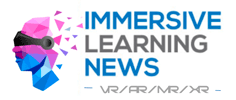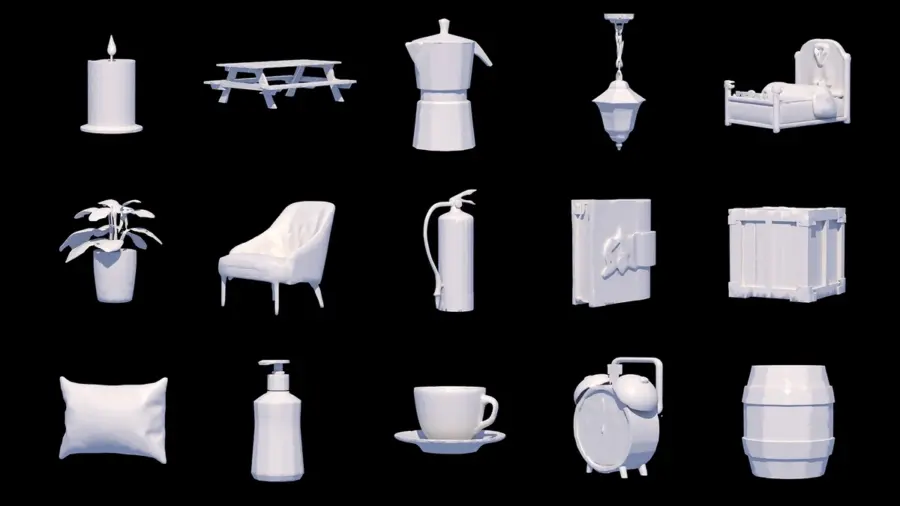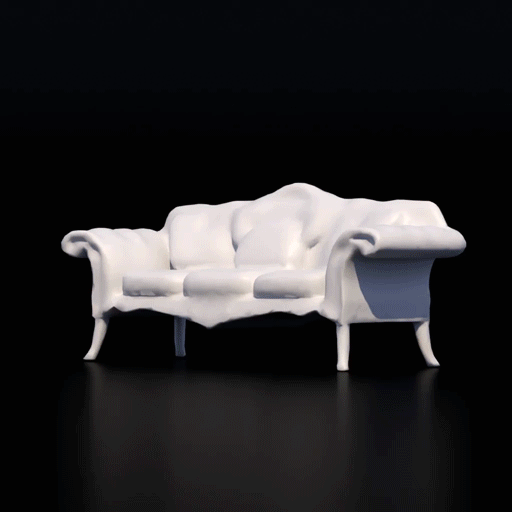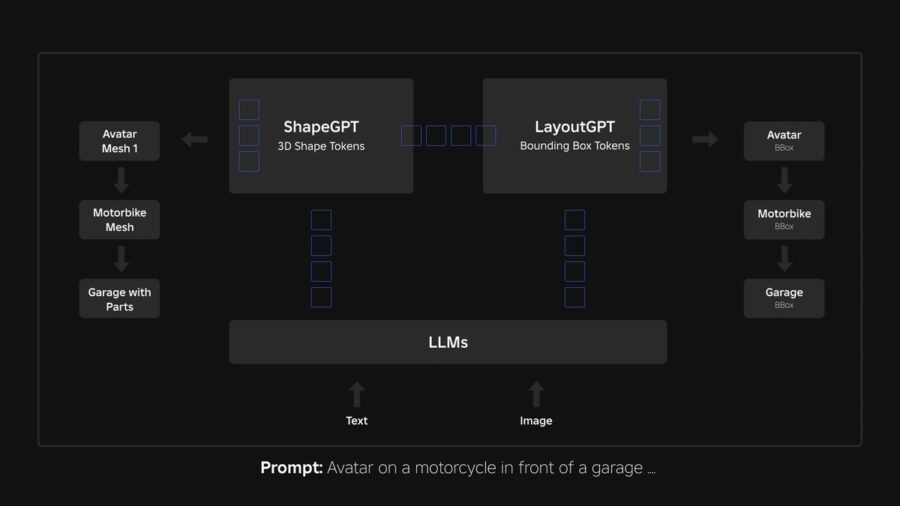Soft Skills verbessern mit VR und KI
In einem kostenlosen Info-Webinar am 29.04., 17.09. und 17.11.2025 erfahren Teilnehmende, wie Virtual Reality und Künstliche Intelligenz Soft Skills wie Kommunikation und Empathie gezielt fördern können. Torsten Fell, ein Experte im Bereich immersives Lernen, leitet das Webinar mit praktischen Live-Demonstrationen.
Hamburg, 11.04.2025 (PresseBox) – In der modernen Arbeitswelt sind Soft Skills wie Kommunikation, Empathie und Konfliktlösung entscheidend für den persönlichen und beruflichen Erfolg. Doch wie können diese Fähigkeiten gezielt und effektiv weiterentwickelt werden? Die Antwort liegt in der Verbindung von Virtual Reality (VR) und Künstlicher Intelligenz (KI). In unserem Info-Webinar erfahren Sie, wie Sie diese innovativen Technologien nutzen können, um Soft Skills praxisnah und individuell zu fördern.
Das erwartet Sie im Webinar:
Erleben Sie praxisnahe Live-Demonstrationen, die Ihnen zeigen, wie VR und KI-gestützte Tools dabei helfen, Soft Skills auf eine neue Art zu trainieren. Sie tauchen in immersive Lernmethoden ein und erleben, wie realistische Szenarien simuliert werden, um die Kommunikationsfähigkeit, Empathie und Konfliktlösungskompetenz von Mitarbeitenden zu verbessern. Zudem erhalten Sie wertvolle Impulse, wie Sie diese Technologien in Ihre bestehenden Trainings- und Entwicklungsprogramme integrieren können.
Am Ende des Webinars haben Sie die Möglichkeit, Ihre Fragen direkt an unseren Experten Torsten Fell zu stellen und von seinen langjährigen Erfahrungen im Bereich des immersiven Lernens und der Unternehmensentwicklung zu profitieren.
Inhalte des Webinars:
- Einführung in VR und KI für Soft Skills
- Anwendungsszenarien: Kommunikationstraining, Führung und Empathie
- Live-Demo 1: virtuelle Konfliktsimulation inkl. KI-gestützten Feedbacks für Soft Skills
- Live-Demo 2: virtuelle Verkaufssituation inkl. KI-gestützten Feedbacks für Soft Skills
Wichtige Infos im Überblick
- Wann? 29.04.2025 | 17.09.2025 | 17.11.2025 jeweils von 10:00 – 11:00 Uhr.
- Wo? Digital.
- Wie viel? 0,- €.
Ihr Experte: Torsten Fell
Torsten Fell ist ein renommierter Experte im Bereich Immersives Lernen (VR, AR, MR) und Corporate Learning. Mit über 26 Jahren Erfahrung und mehr als 100 erfolgreich umgesetzten Projekten hat er sich als Berater, Speaker und Autor einen Namen gemacht. Seine Out-of-the-Box-Denkweise und sein tiefgehendes Wissen machen ihn zu einem gefragten Experten.
Zielgruppe:
Dieses Webinar richtet sich an Führungskräfte, Personalentwickler:innen, HR-Entscheider:innen, Innovationsmanager:innen sowie alle, die die berufliche Weiterbildung in ihrer Organisation vorantreiben möchten.
Keine Vorkenntnisse erforderlich!
Das Webinar ist für alle Interessierten zugänglich – es sind keine speziellen Vorkenntnisse nötig.
Melden Sie sich jetzt an und sichern Sie sich Ihren Platz!
Nutzen Sie die Chance, neue Perspektiven und innovative Lernmethoden für Ihre Organisation zu entdecken. Melden Sie sich noch heute an und profitieren Sie von den praxisnahen Einblicken in die moderne Soft-Skill-Entwicklung.
Quelle:



